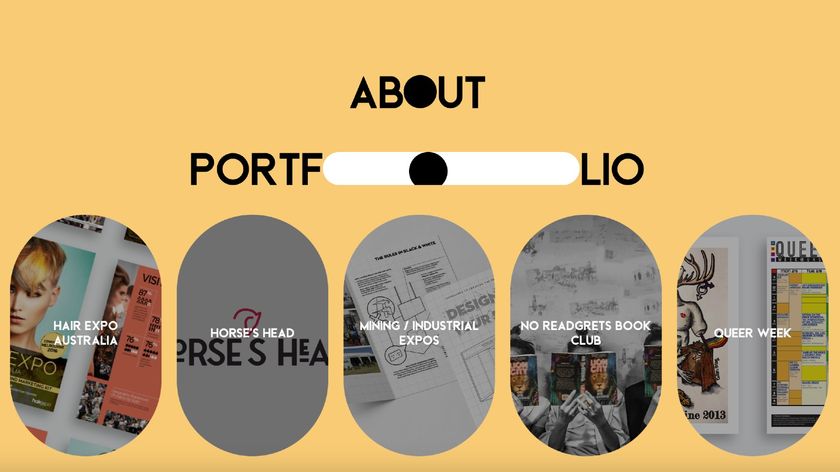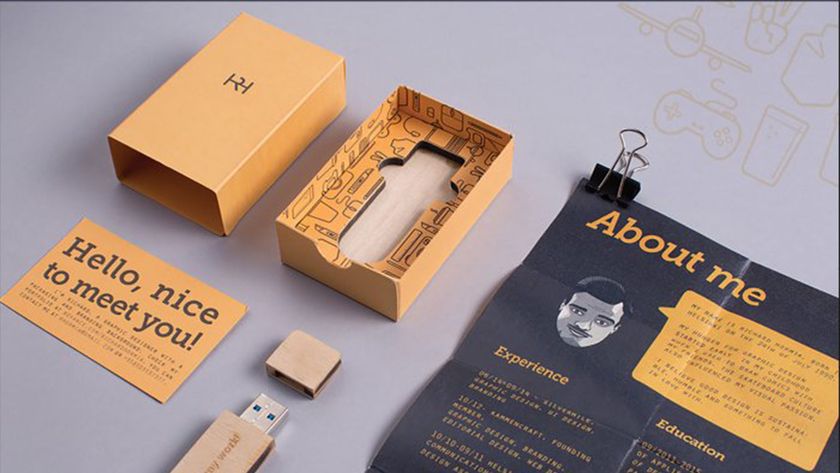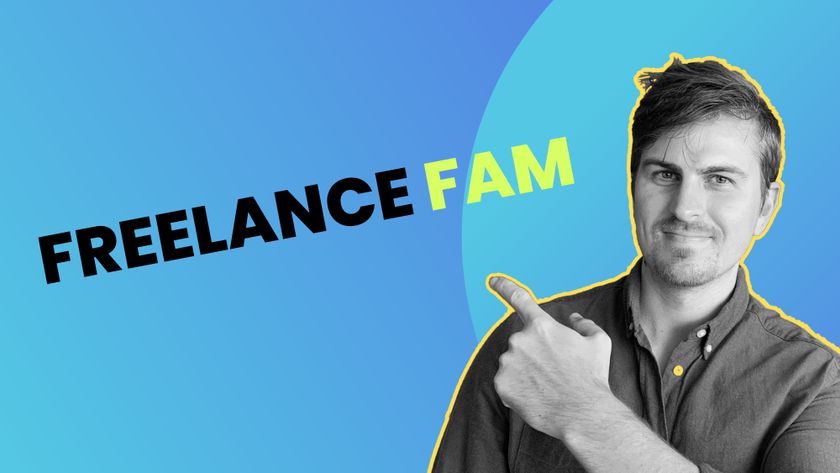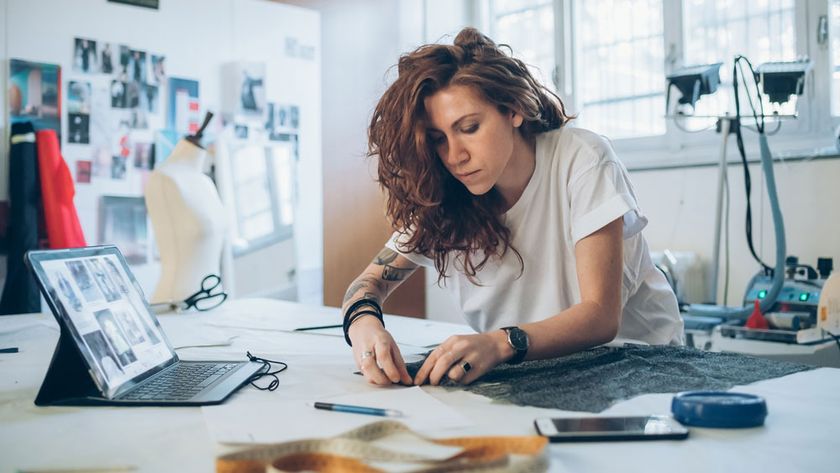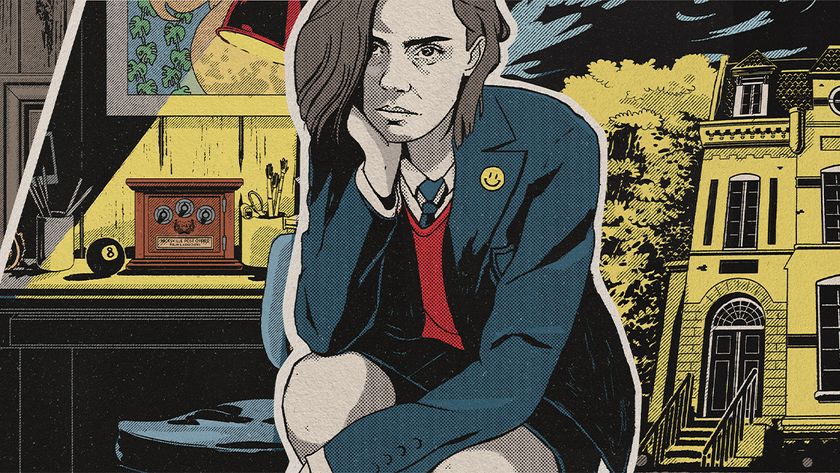25 tips for staying sane as a freelancer
Banish procrastination, boost productivity and always get paid with these pro tips for freelancers.
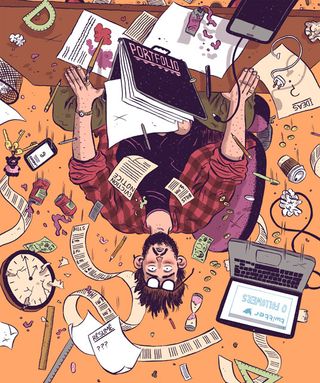
There's a myth about working as a freelance designer that it largely comprises lounging around in your pants watching Netflix. And while there may well be the opportunity to plunge into a YouTube vortex without colleagues glimpsing snatches of 'Monkey Riding a Pig' or Father Ted reruns, in reality working for yourself demands the stamina and discipline of a marathon runner.
What's more, while your PAYE counterparts can sit back knowing that a payslip will magically appear in their bank account every month, you've not only got to hustle for the work and then do the work, but you even have to fight to get paid for it too. You're on your own. But don't lose focus. Here are 25 tips for staying sane as a freelancer. For more tips, see our guide to the best productivity tools and tools that make freelancing easier.
01. Run a strict regime
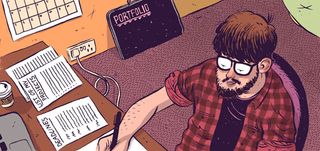
With nobody to crack the whip, the biggest hurdles are psychological. The possibility to procrastinate is infinite; but a fridge clean enough to pass the Foods Standards Agency's most rigorous testing and a Pantone-ordered pencil case won't make a blank page any less terrifying, and the post-procrastination guilt can make starting all the more daunting.
Knowing yourself is key, as is a strict regime to suit your peak productivity. "I think in the morning, and do in the afternoon," graphic artist Pâté, aka Paul Pateman, explains. "Ideas, colour choices, and so on, I work on in the morning, and then social media, invoicing and PR in the afternoons."
Deadlines are essential for Pâté and he even forces them for personal work by contacting shops and galleries before he's finished a piece. "It means you have to do it because the wheels are in motion."
02. Break down tasks
Procrastination hits when your available time stretches generously into the distance – something easily overcome by breaking down tasks.
When illustrator Stephen Cheetham created 50 illustrations for the NSPCC in a month, he kept on top of the project by engineering false deadlines, policed by Skype feedback sessions every Monday and Thursday with the client.
Get the Creative Bloq Newsletter
Daily design news, reviews, how-tos and more, as picked by the editors.
"If there wasn't a schedule or my client didn't want to work like that it could have been quite stressful," says Cheetham.
03. Test a task management app
Cheetham's SAS-style regime was aided by a vital hack: a piece of software called Things. A task management app (check out Huddle, Quire too), Things allows you to schedule tasks by project, which it then organises into daily to-do lists.
"I recently worked on some packaging for M&S," Cheetham explains. "That project is now done, but I've set a reminder to chase the invoice, to ask for images and to send a mailout once I've received those images."
Many of these programs have a free trial period, so you can test which suits your way of working before paying the full fee. "It doesn't allow me time to stop and wander off," adds Cheetham.
04. Hack yourself
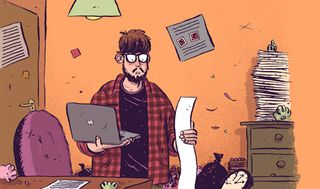
Bad habits are hard to break, so sometimes self-sabotage is the only way. Downloadable apps like SelfControl block your blacklisted websites even if you restart or delete the app.
Similarly Milan-based illustrator Sarah Mazzetti has set up her Chrome browser so that Facebook automatically redirects to the Guardian's homepage. "With the internet and social networks, you can lose control," says Mazzetti. "Facebook is so addictive that sometimes you go to it without even noticing, and at least this way I know when I'm doing it."
05. Restrict social media
When updating social media actually is important for your work, it again comes down to structure. "The key with social media is to be efficient," explains illustrator Jitesh Patel.
"I set myself just 30 minutes to visit Facebook, Instagram, Pinterest and Twitter. I use software such as Buffer to auto-post to Twitter and Facebook, and I use RSS feed software Feedly to channel all the websites I follow into one place."
06. Allow structured procrastination time
If you really can't avoid procrastination, build it into your day – with structured time-slots. "I just can't settle straight away so I have a good hour of faffing time in the morning," says surface pattern designer Esther Cox.
But Cox is strict, and tries to make it relevant – in this morning's 'procrastination hour' she researched Parisian rooftops, which was inspiration for a textile commission.
07. The occasional off-day is okay
Essentially, productivity is about doing something – anything – rather than struggling. "I try not to beat myself up if I'm not feeling it," explains photographer Jess Bonham. "Ask yourself what you can realistically achieve today before you write it off completely."
Rather than plan shoots or concepts, Bonham might spend 'off-days' organising folders on her hard drive, weeding her inspiration folder or filing receipts; tasks that don't need brain energy.
08. Beat creative block
With no-one to bounce ideas off, creative block can turn into a maddening affliction that piques Dawson's Creek-level angst. To ease its grip, you need both preventative measures built into your daily routine and crisis management.
"I write down 10 ideas a day," says Patel. "Some are serious, which I think might make a good illustration, others are fun and totally pointless. The point is to become an ideas machine, with flowing and constant solutions."
09. Create a routine
Routine is also important for Cox: "I draw every day for the sake of it. It helps you explore new ideas without client needs, and it alleviates creative block in the first place."
The added bonus is that this creative play can be used as a social media tool. "A lot of my client work I can't share because of contracts," adds Cox. "This way potential clients can still get a feel for my style and it shows I'm busy."
10. Keep going…
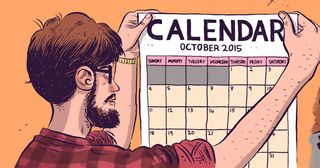
But when a deadline is imminent, working through it is the only option, says Pâté. "With creative block I just try to make sure I've had an idea by the end of the day, no matter how good (or not) it is," he says.
"Make sure it's on a piece of paper, even if it's rubbish. When you go back in the morning, you can pick it apart, and maybe take one element of it forward." The psychological advantage of going to bed with something also means you'll probably sleep better.
Next page: 15 more tips for staying sane as a freelancer

Thank you for reading 5 articles this month* Join now for unlimited access
Enjoy your first month for just £1 / $1 / €1
*Read 5 free articles per month without a subscription

Join now for unlimited access
Try first month for just £1 / $1 / €1


